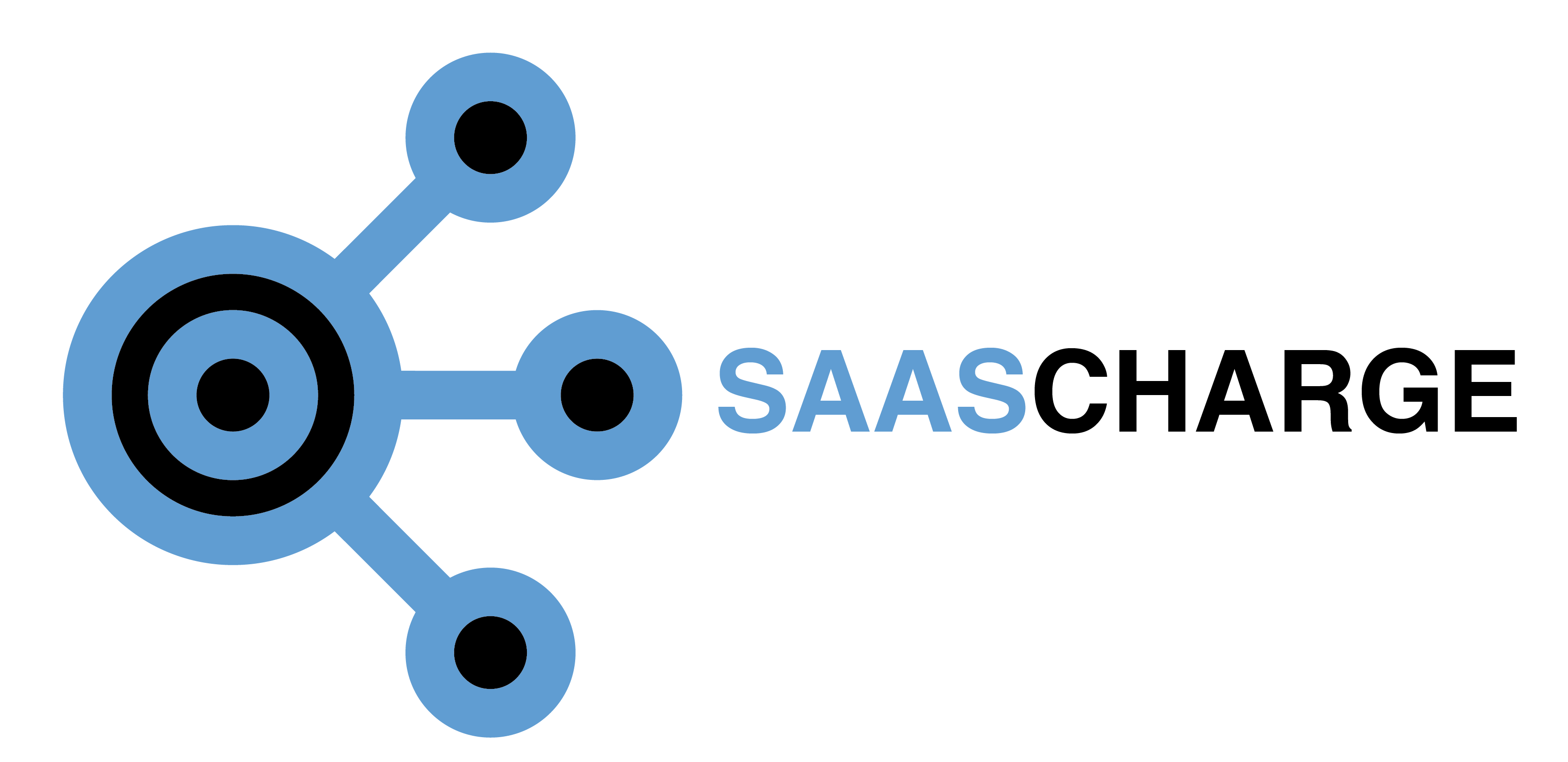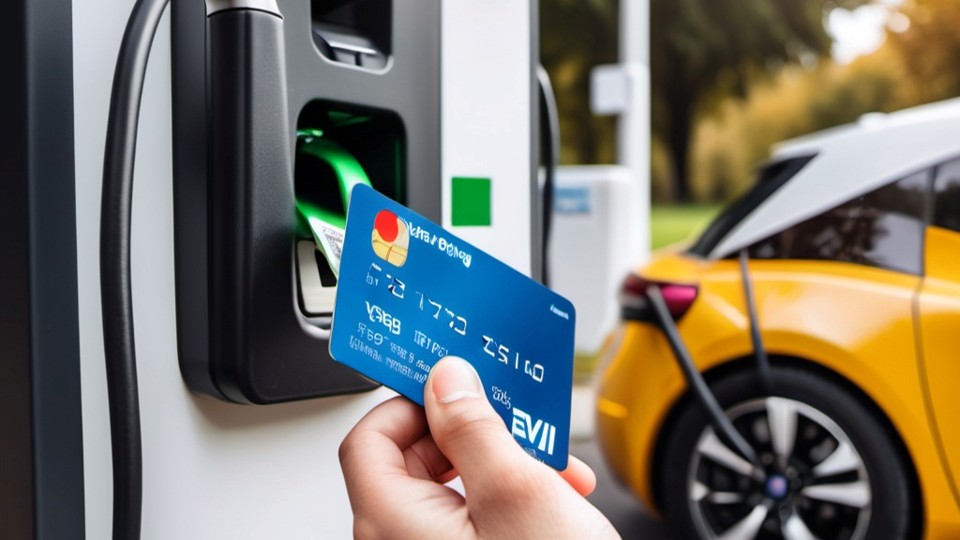
The landscape is shifting. New regulations now mandate payment terminals, and the growth of large satellite-style payment kiosks at charging hubs is improving their cost-effectiveness.
Why Do You Need Payment Terminals?
There are several reasons why installing a payment terminal for public EV charging stations is beneficial:
- Familiarity: Credit card payments are universally recognized and provide an easy-to-use option for consumers.
- Accessibility: You want to offer your chargers to all drivers—whether they are registered subscribers or occasional users.
- Regulatory Compliance: Payment terminals are becoming mandatory in different regions, such as the United Kingdom, for certain chargers in the United States, and Germany.
- Convenience: “Swipe and charge” a simple and practical way to enable EV charging without requiring pre-registration.
How Do EV Payment Terminals Work?
A payment terminal is a physical device that allows drivers to initiate a charging transaction by swiping or tapping a credit card via an NFC reader. These terminals connect to Point-of-Sale (POS) software, which is integrated with an Acquirer Bank and an EV Charging backend.
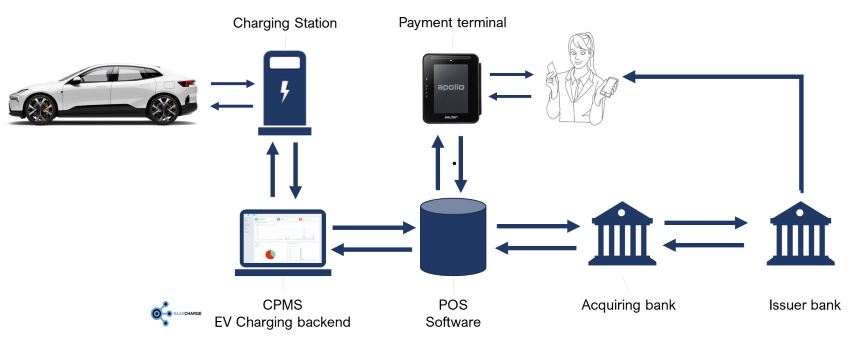
The EV Charging platform manages pricing, session initiation and termination, and transaction billing. It then relays these transactions to the POS software, which handles invoicing through the Merchant Bank which ensures payments.
Costs & Considerations
- Hardware cost: $300 – $1,000
- Monthly fees: $30 – $50
- Transaction fees: 1.5% – 5%, depending on the provider and region
Due to integration requirements with acquirer banks and high-security standards (e.g., PCI-DSS compliance), these systems are typically provided by specialized companies such as Payter or Worldpay. To ensure seamless transaction processing, they must also be integrated with a Charge Point Management System (CPMS), such as the Saascharge platform.
What Is the Best Approach for Your EV Charging Installation?
When integrating payment terminals with EV charging stations, there are two primary setups: a standalone terminal for each charger or a shared kiosk that manages multiple chargers.
1. Embedded Payment Terminals (Standalone)
An embedded terminal is integrated directly into a charging station, allowing users to pay at each unit. This setup is most feasible for Super-Fast DC chargers (SFDC), as the cost of a payment terminal is almost as high as the cost of a Level 2 charger itself. Thus, for lower-powered stations, this solution may not be the most cost-effective.
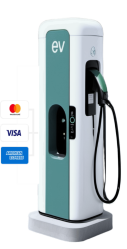
2. Kiosk-Based Payment Terminals
A kiosk-based solution features a pedestal with a payment terminal that operates multiple charging stations. This is similar to traditional gas stations, where a single payment terminal controls multiple fuel pumps.
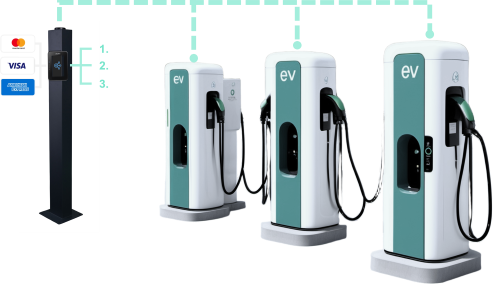
This approach is particularly attractive for Level 2 chargers and charging hubs. We recommend the Saascharge Kiosk setup, which offers the following benefits:
- Cost Efficiency: Especially for Level 2 chargers, as multiple stations can share a single terminal.
- Simplified Maintenance: Repairs and upgrades can be performed without dismantling individual chargers.
- Compatibility: The solution is independent of any specific charging station manufacturer and can be integrated with various chargers.
A complete kiosk solution typically costs between $2,000 and $4,000, with potential additional license fees. The price depends on the product configuration, including screen size, multilingual support, speakers, and installation materials.
However, a kiosk solution doesn’t have to be that expensive. Saascharge, in collaboration with ChargeM8, offers a cost-effective alternative using the Sigma Pedestal with the Payter Apollo terminal. This solution starts at just $1,000 for a full setup—with no additional license fees. That translates to as little as $100 to $250 per charger, depending on the number of chargers connected to the kiosk.
When shall You start?
As the EV charging market continues to evolve, payment terminals are becoming a key component of public charging infrastructure. Whether through embedded payment systems for high-power chargers or cost-effective kiosks for Level 2 charging hubs competitive solutions exists.
We believe that increasing convenience by offering multiple payment methods at charging stations boosts the number of charging sessions and enhances the chances of converting occasional users into subscription-based smartphone users.
So, why wait? Now is the time to integrate an EV payment terminal into your charging network. With the right setup, you can ensure accessibility, compliance, and a seamless charging experience for all users.
